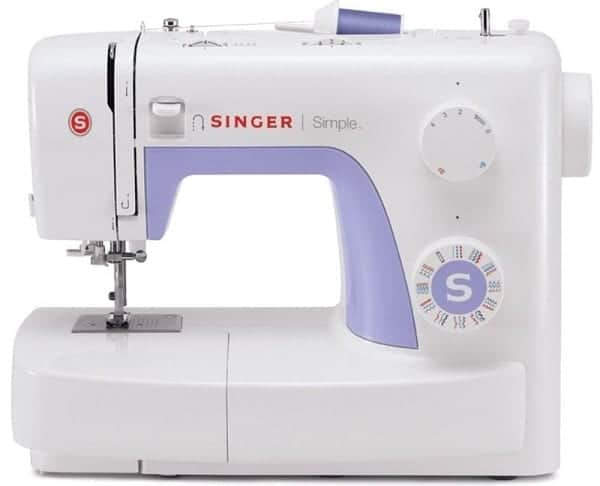Sewing machines first came into the picture during the first industrial revolution as they were gravely needed to lower the amount of manual sewing work carried out in clothing industries. Ever since the Englishman Thomas Saint invented the first sewing machine in 1790, a lot of advancements has been witnessed in the sewing industry as the use of advanced technologies in sewing machines are sought to satisfy the growing need for efficiency and productivity in the clothing industry.
In home sewing machines, individual items are sewed using a single type of stitch. However, with advancement in technologies, new modern sewing machines, such as the Brother SE1900, now allows for easy gliding of fabric without the nuisance brought by tools in hand sewing such as needles and thimbles. The following are some of the advanced technologies used in sewing machines.
1. Vision Sewing
Vision sewing entails an industrial camera and processor that has a software incorporated into the controller of an industrial sewing machine to carry out some complicated tasks. In decorative stitching, it is necessary that the fabric is fed accurately to the machine for the stitching to be precise. The operator thus needs to possess the high skill set to be able to manipulate the direction of the fabric to come up with ideal sew curves. Vision sewing comes in handy to help those without this skill set as it provides a much easier way of obtaining decorative stitches devoid of flaws. Vision sewing provides the following benefits
- It provides for speedy sewing process
- Sewing of patterns can be automated.
- Garment or fabric is less handled
- Does not require any sewing skills from the operator.
2. Pedal-less Sewing
Most sewing machine operators tend to spend a lot of time getting control at the foot pedals while working on complex critical parts. Technological advancements have seen industrial sewing machines doing away with the pedal sewing and introducing electronic control of the stitches. Currently, there exist several sewing machine providers that provide sewing machines with the option of pedal-less sewing.
3. Sewing Machine Settings via Mobile Phone
Sewing machine settings require continuous adjustments by the garment style worked on by the operator. Uniformity in every machine is one aspect which is very important. Changing the settings manually in each of the sewing machines consumes a lot of time.
Android phones or tablets provides can now be used to change the settings over Wi-Fi or in contactless mode. Once sewing machine settings have been changed, copying is easy as it requires just a single tap.
4. USB Port in Sewing Machine
Various inventions in the line of production have prompted continuous adjustments of sewing machine settings on every machine. This prolongs the time for changeover hence retarding the production. With USB port, settings like stitch length and sewing speed can easily be copied from one sewing machine to the other. The ports can as well be utilized to charge phones making them even more popular amongst sewing operators.
5. Voice Guide Sewing Machines
A sewing machine can breakdown at anytime. In the event of a breakdown, an operator has to inform the line supervisor who then informs the mechanic to solve the problem. In many incidences, the operator is usually unaware of the potential cause of the breakdown.
New sewing machines are now equipped with a voice guide feature that notifies the operator of machine malfunctions like breakdown or oil leakages.
6. Real-time Monitoring
Technological advancements have considerably heightened the rate of production making it hard to control and monitor the production status. Most sewing machines can now be linked to a server where they can easily be viewed on and monitored by tablet or a smartphone in any part of the world. This network allows one to monitor the production line status in real time. This also helps detect any malfunctions that may be experienced in the course of production while also mentioning how the productivity has improved over time.
7. Modular Sewing Machines
Initially, sewing machines were tied to performing a specific function with no room for shifting of parts to carry out a distinct role. Purchasing a new machine never looked viable. With modular sewing machines, there is room for changing and fitting components to adjust to the needs of the future. With this, the sewing machines have become very flexible, which has eliminated the need for purchasing new machines when the need to fit in new components or configuring the machine for a different function arises.
8. Digital feed system
Improving productivity is one of the most important things in the sewing industry. Even a slight rise in productivity can positively impact efficiency by a significant margin. The rise in the cost of labor has facilitated the need to have more advanced sewing machines. Digital feed system in sewing machines helps improve productivity while also cutting on labor costs.







